Best Lubricant for Squeaky Floors
Squeaky floors can be irritating and a common problem in many houses. Fortunately, effective solutions to this problem are available. Using a lubricant to reduce friction between floors or subflooring materials is one of the simplest and most efficient methods. In this post, we’ll look at some of the best lubricants for squeaky floors, so you may enjoy calm and creak-free living areas.
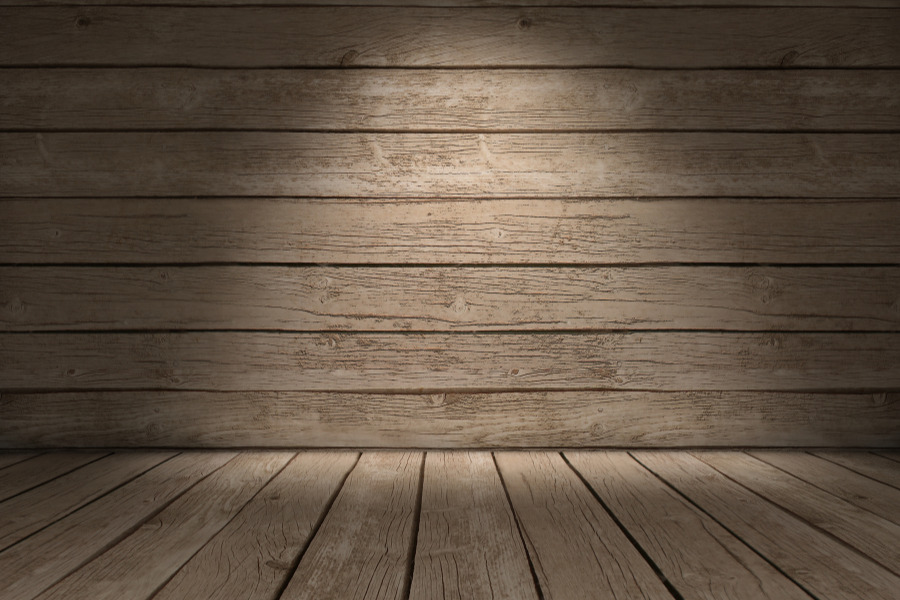
Graphite Powder:
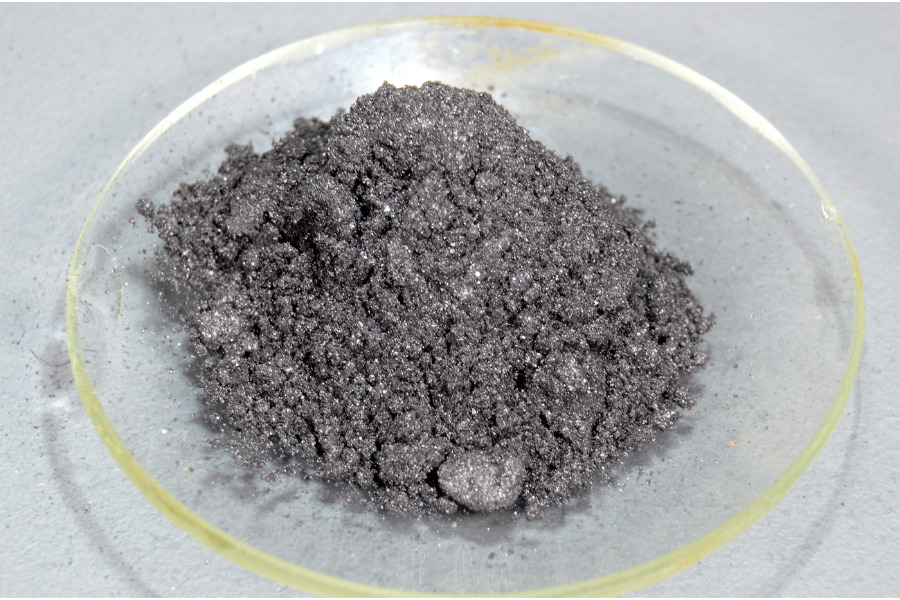
Graphite powder is an effective lubricant for squeaky floors, especially wood floors. It works by removing the cause of the noise by minimizing friction between the floorboards. Graphite powder is simple to use and can be dusted directly into noisy floorboard gaps or cracks. Spread the powder evenly and work it into the seams with a brush or a soft cloth. The powder’s small granules provide long-lasting lubrication, eliminating squeaks. Because graphite powder can be messy, it’s best to use gloves and cover the surrounding surroundings when applying it.
Silicone Spray:
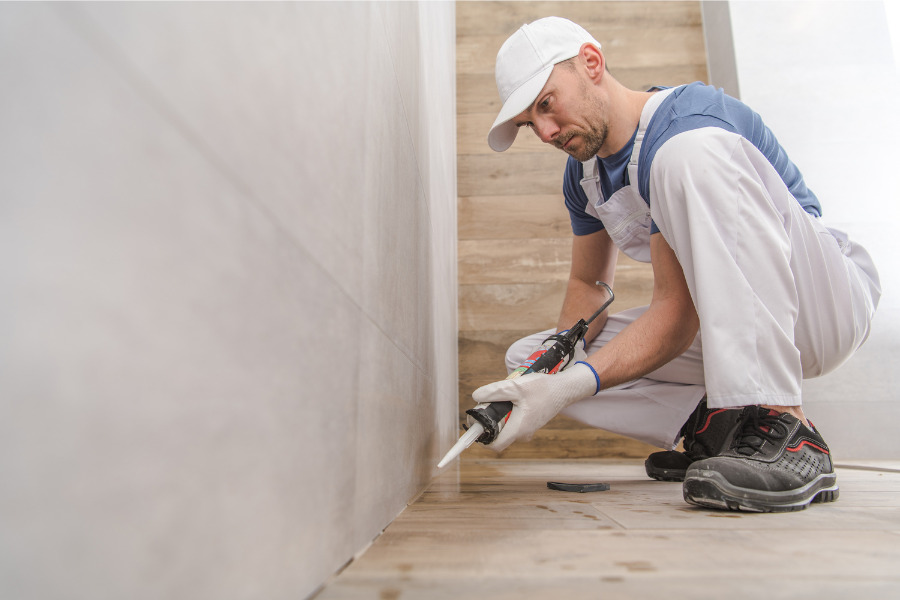
Another good lubricant for squeaky floors is silicone spray, which has various advantages. It is simple to apply, quickly dries and leaves a thin, protective surface that decreases friction. Silicone spray is especially useful for laminate or vinyl floors. Spray a tiny amount onto a clean cloth and rub it into the afflicted areas to use. Silicone spray’s lubricating characteristics help reduce squeaks while also offering some water resistance and protection against wear and tear.
Talcum Powder:
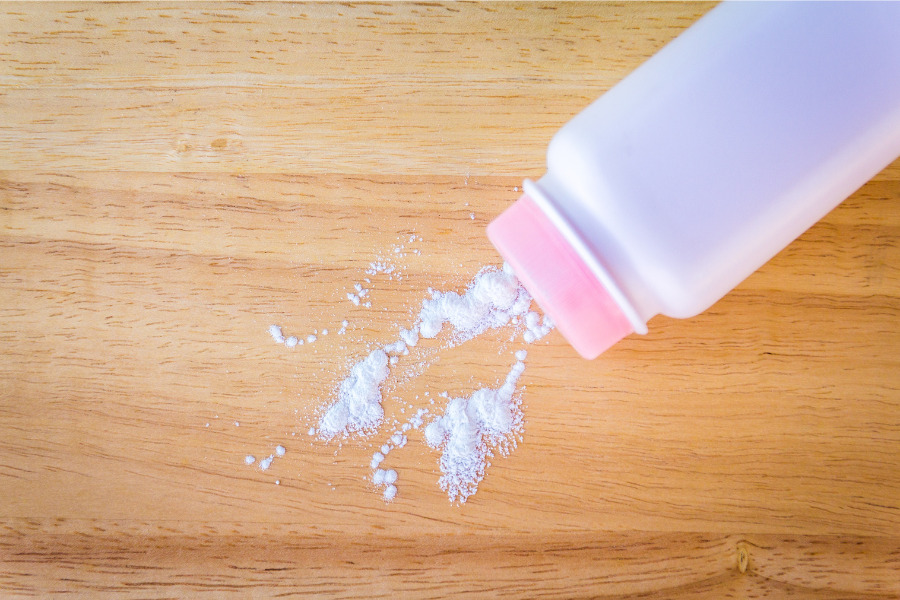
Talcum powder, which is often used for personal hygiene, can also be an efficient floor lubricant. This fine powder reduces friction and absorbs moisture, both of which can contribute to squeaking. Directly apply the talcum powder to the noisier regions of the floor. Work it into the cracks between the floors with a soft cloth or brush. Talcum powder is especially effective for wooden floors and can provide some relief from squeaks. However, it may need to be reapplied on occasion, especially in humid situations.
Wax or Wax-Based Lubricants :
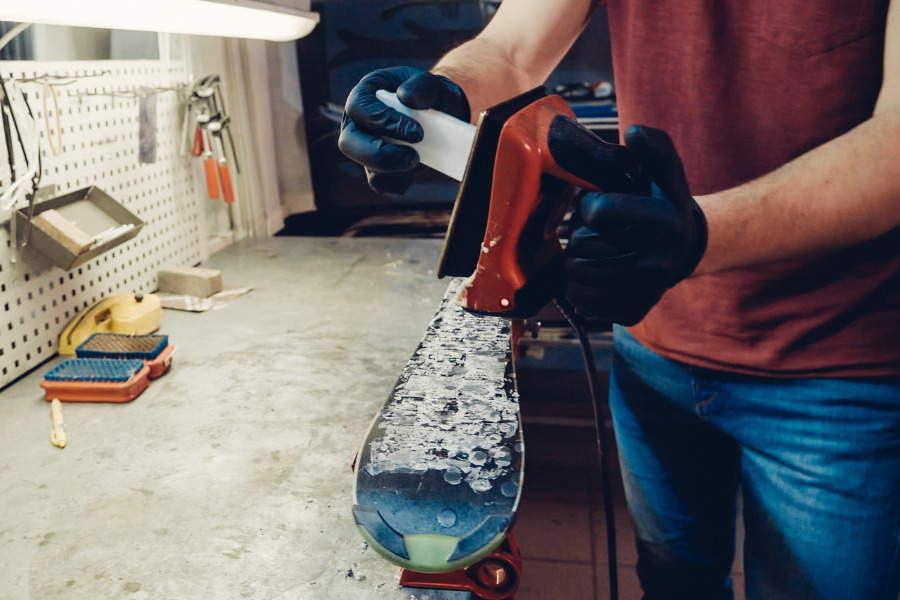
To solve squeaky flooring, wax or wax-based lubricants are often utilized, particularly on hardwood floors. Melt the wax and pour it into the gaps or cracks between the floorboards to apply these lubricants. The wax produces a protective barrier as it cools and solidifies, reducing friction and eliminating squeaks. Wax-based lubricants are long-lasting and provide long-term noise reduction. It’s critical to make sure the wax you’re using is appropriate for the flooring type you’re working with, and following the manufacturer’s directions is essential for getting the results you want.
Dry Lubricant Sprays:
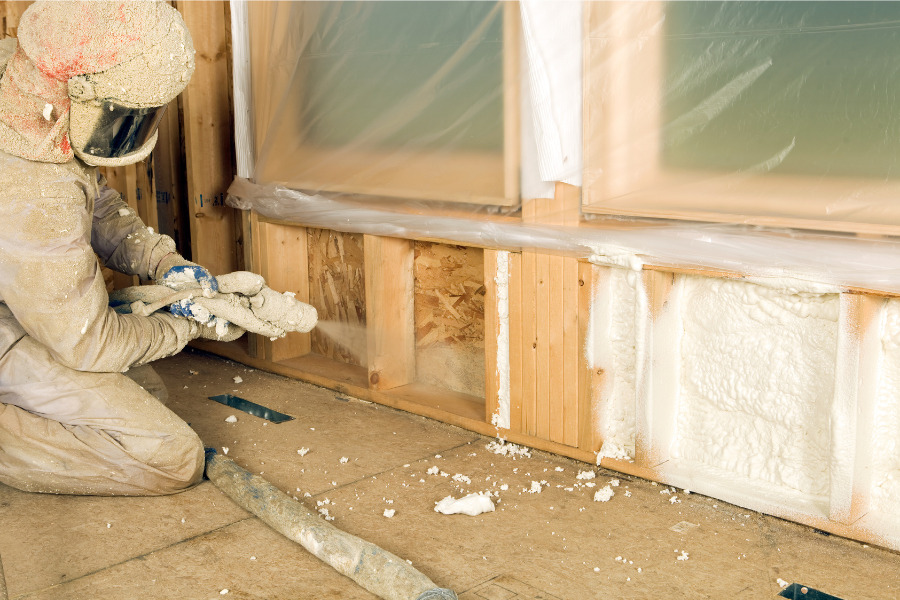
Dry lubricant sprays, such as those based on Teflon or graphite, are quick and easy fixes for squeaky floors. Lubricating particles in these sprays reduce friction and remove noise. Apply the dry lubricant spray immediately to the squeaky regions, being sure to cover them evenly. The spray dries rapidly and creates a slippery layer on the floorboards, reducing friction. Dry lubricant sprays are ideal for hard-to-reach locations and can give long-lasting squeak reduction without leaving any residue.
Conclusion:

Squeaky floors might be annoying but with the correct lubricant, you can stop those annoying noises and restore peace. Whether you choose graphite powder, silicone spray, talcum powder, wax-based lubricants, or dry lubricant sprays, each has its own set of benefits and compatibility for various types of flooring. Experiment with these lubricants to find the one that works best for your squeaky floors and live in a noise-free atmosphere.
